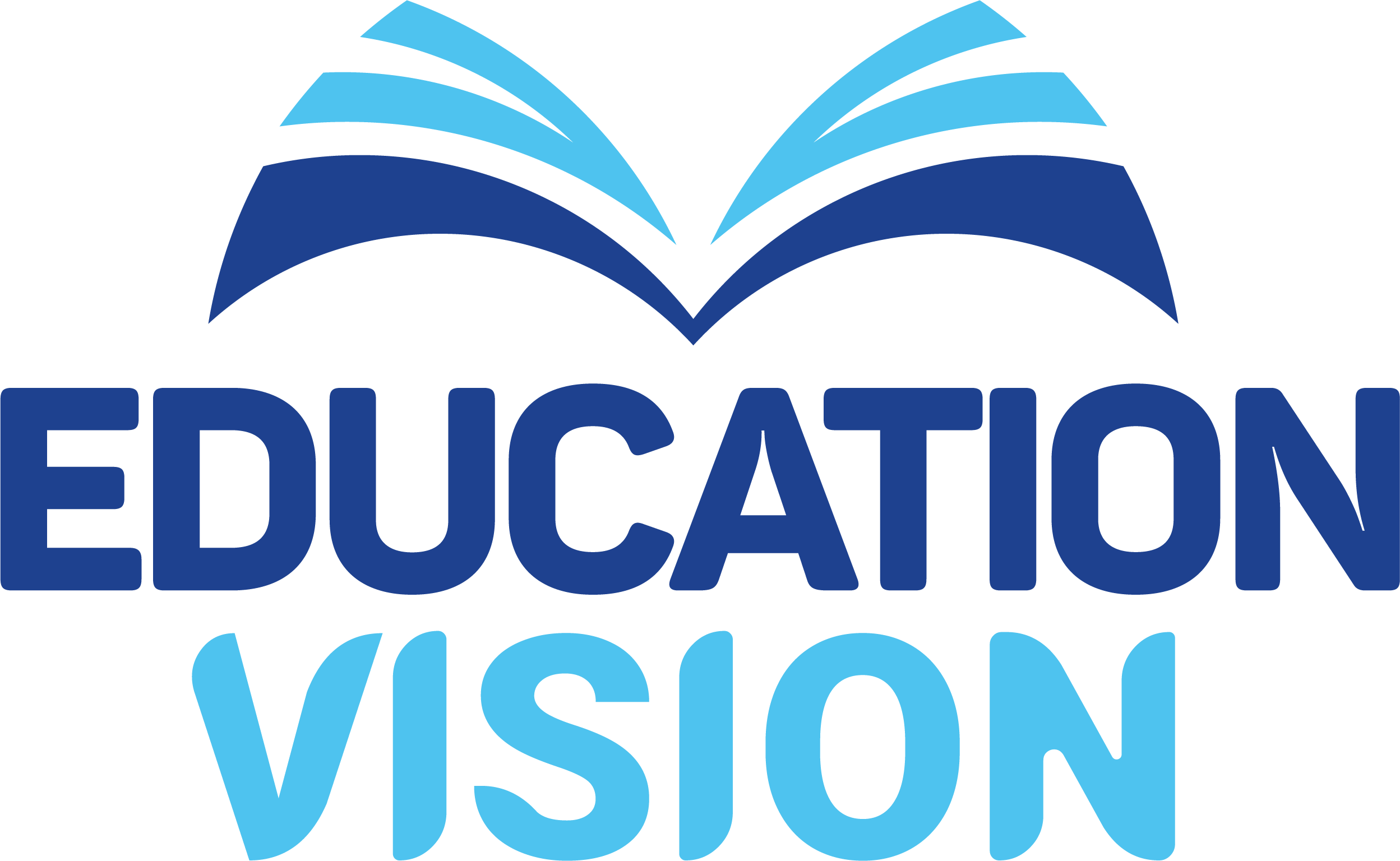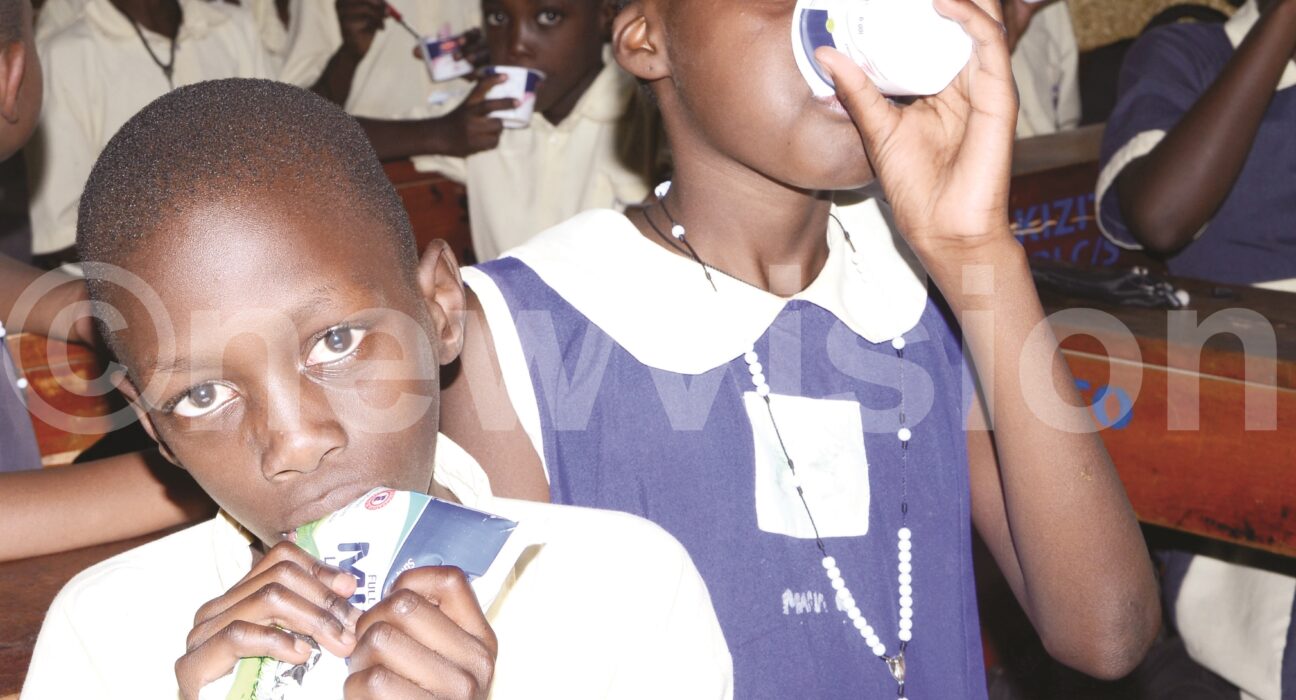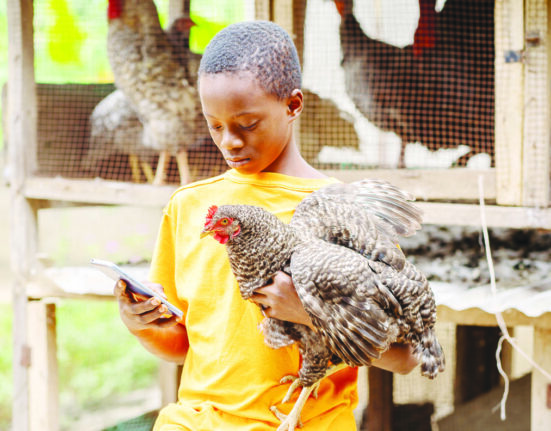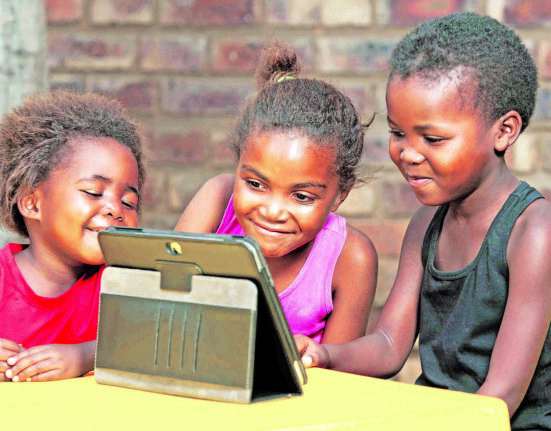(This article was first published in the New Vision on November 16, 2022)
By John Odyek
In a new government programme, learners will have a chance to have a cup of milk daily at school. To enable this, parents are required to pay between sh10,000 and sh20,000 per term….
From Monday to Friday, nine-yearold Stella Nakazibwe and her mother leave home in Nkumba, Entebbe in Wakiso district before 8:00am. Before the two go their separate ways near Nkumba Primary School, where Nakazibwe is a pupil, once or twice a week her mother gives her sh500 for lunch.
Her mother, a food vendor, then walks into a nearby market as her daughter takes the road to school. Nakazibwe, a Primary Four pupil, says with sh500, she buys pancakes for breakfast and lunch.
“It (sh500) is not enough for breakfast and lunch. Sometimes my mother does not even have sh500 to give me and I stay at school without lunch,” Nakazibwe says.
Her story is similar with millions of primary schoolchildren who do not get lunch at school.
However, these children now have a chance to get a cup of milk daily at school should their parents raise between sh10,000 and sh20,000 per term to fund this programme.
The programme is a product of a memorandum of understanding involving the ministries of education, health and agriculture, the Netherlands Development Organisation (SNV) and the Dairy Development Authority (DDA).
Under this initiative, which started as a pilot scheme, Prime Minister Robinah Nabbanja told Parliament on September 15, that parents are required to contribute between sh10,000 and sh20,000 for each child to be served milk at school.
She told MPs during the Prime Minister’s Question Time that the Government had partnered with SNV to provide milk to schoolchildren at subsidised fees.
For sh10,000 per term, a child would have a cup of milk for nearly 70 days, over a three-month school term, except at weekends. If you are buying a cup of milk at sh1,200, which is the current price of milk in some parts of the country, you spend sh84,000 over 70 days. So, sh10,000 per term has been well received by some parents.
Why Milk?
Nabbanja says milk was selected because of its nutritional value and significance to the child’s health and development.
In a 2017 report, nutritionists at SNV said milk gives children essential nutrients and elements required for growth and development. Some of these elements, according to the report, include carbohydrates, fats, energy, water, vitamins, minerals and proteins.
“We chose milk because it is a complete and readily available food in the region,” Fredrick Kizito, a senior nutrition adviser at SNV, says in the report.
Several schools are already serving children milk through this intervention, which is one of the three school feeding options available to parents in a parent-led school feeding strategy developed by the education ministry.
These options include packing food for the children to school, supplying schools with food items to prepare lunch for the children and providing schools with money to fund feeding programmes.

Feeding Strategy
The three options are in line with the African Union strategy that requires governments to pursue home-grown solutions, including increasing investment and establishing policies to support school feeding programmes.
Launched in October 2017, the strategy places the responsibility of feeding children in school on the parents. The feeding policy does not introduce penalties for parents who fail to feed their children at school.
In many cases, the children whose parents cannot pack food for them to school or contribute to the feeding programmes stay hungry and eventually drop out.
The milk for schoolchildren programme covers 17 districts. Some of the districts include Kiruhura, Mbarara, Sheema, Isingiro, Bushenyi, Ntungamo, Lyantonde, Kampala, Mukono and Wakiso.
The programme was first implemented in parts of western Uganda, where parents contributed sh5,000 for each child per term.
Robert Muhozi, the headteacher of Bujaga Integrated Primary School in Mbarara, says the programme was embraced by the parents because they were assured their children would get a cup of milk at school daily.
Since 2018, SNV has mobilised parents to provide yoghurt to 6,000 children twice a week in 59 nursery schools in seven districts in western Uganda. The parents contribute sh12,000 per term for each child to get 125ml of yoghurt twice a week.
According to a 2019 progress report from the ministry and SNV, the milk school programme is addressing short-term hunger and malnutrition among schoolchildren.
However, there are no reports yet regarding the programme’s impact on enrolment and learning outcomes. The reports show that the programme has increased the demand for milk and created employment opportunities for over 20,000 farmers.
The African Union says one in two schoolchildren or over 65 million learners received nutritious meals at school every day in 2019 — an increase from 38.4 million in 2013 — as more governments pursue home-grown feeding interventions for schoolchildren.
Milk Scheme Expands
The SNV reports also shows that over 310,000 children in Kampala, Mukono and Wakiso are now served a cup of milk daily in over 100 schools. The milk the children are served in all the 17 districts where the programme is being implemented in parts of western and central regions is sourced from farmer co-operatives and dairy firms such as Jesa, Brookside, Pearl and Vito.

Is This The Solution?
But does this represent a sustainable solution to the challenge of feeding children in public schools?
George Mutekanga, an assistant commissioner in the education ministry, told the September 8 milk for schools programme planning meeting at Fairway Hotel in Kampala that the success of the programme in the 17 districts could guide its rollout in other districts.
The lack of feeding programmes in some schools, Mutekanga says, continues to hinder academic achievement as hungry children cannot learn.
Kizito says in some schools, children are served milk during break time under this intervention. In rural schools where children are not served meals, the pupils receive “a combination of milk and porridge” for lunch.
“It is often the only meal children can get during the day due to the low incomes,” Kizito says.
According to the 2017 National Planning Authority report, over 5.2 million children out of the eight million primary school learners then, “studied” on empty stomachs.
The latest reports from the education ministry show there are over 10 million children in primary schools. More than half of this number is in public primary schools. Many public primary schools do not serve the children lunch.
Affordability
Rehema Kahunde, a research analyst at the Economic Policy Research Centre at Makerere University, says while many parents might wish to have their children get a cup of milk at school, sh10,000 or sh20,000 could be out of their reach.
Fatumah Mugoya, a teacher at Kalanamu Public Primary School in Luwero district, says several pupils struggle to study on empty stomachs.
She adds that several parents neither pack food for their children nor contribute to the school’s feeding programme.
“Many of these children are always weak and dozing off in classrooms because of hunger,” she says.
In some cases, these children skip the afternoon classes due to hunger and eventually drop out.
Kalanamu Public Primary School charges sh30,000 for each child for breakfast per term. A child who is served breakfast and lunch pays sh70,000 per term.
“However, many guardians still cannot afford sh30,000. We feed their children but do not give them reports at the end of the term unless they have paid,” Mugoya says.
“Some compete a year without getting their reports,” she adds.
As Cuthbert Abigaba, the vice chairperson of Parliament’s committee on education and sports says, many parents might not raise sh10,000 or sh20,000 to contribute towards the milk programme.
“We need to sensitise the school managers to take advantage of the school land and give the children vegetables and fruits, which get wasted in some places.”
A 2014 study funded by the Government says the availability of lunch at school increases enrollment, while its absence leads to dropout.

Poverty Levels
A 2022 multidimensional poverty index report by the Uganda Bureau of Statistics shows that 42.1% of Ugandans are poor — experiencing multiple deprivations due to poverty.
This, for instance, means nearly half of Uganda’s estimated 45 million people are undernourished and have no access to electricity and proper accommodation and cannot keep children in school, among others.
Josephine Nabende, the principal at Blessed Victors Senior School in Mityana district, says while the sh10,000 or sh20,000 contribution towards the milk programme might be unrealistic for some parents, it is a great decision to make the scheme voluntary.
“Let each child consume what his or her family can provide,” Nabende says.
Sustainability
DDA says organised farmer groups can ably supply schools with milk. In some parts of western Uganda, the milk is supplied by members of co-operative societies that produce it.
At the current milk production level, Uganda has the capacity to supply milk to schoolchildren. The figures from DDA show that only a small amount of the milk produced is consumed at the household level. Yet the amount of milk consumed by Ugandans per year is lower than the quantity recommended by the World Health Organisation (see graphic).
Filbert Baguma, the secretary general at the Uganda National Teachers’ Union, proposes that the Government fund the milk programme.
However, Dr Dennis Mugimba, the spokesperson at the education ministry, says this would require increasing the education budget substantially.
Already, the money the Government gives schools in capitation grants — which is around sh10,000 for each pupil per term — is not enough for institutions to provide quality education.
Mugimba says homes are the most sustainable sources of food for schoolchildren.
The parents contributing to the school milk programme have chosen one of the three schoolchildren feeding options — paying the schools to feed children. Some parents pack food for their children to school, while others contribute to the feeding programmes in kind.
To keep children like Nakazibwe in school, there has to be a feeding plan in place.
Nakazibwe says she struggles to study on an empty stomach on the days her mother fails to raise sh500 for her lunch and breakfast.
“I rely on the snacks I usually eat before leaving home,” she adds.









Leave feedback about this